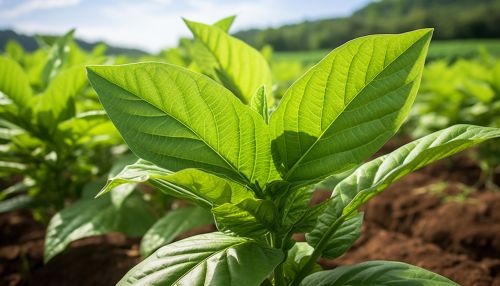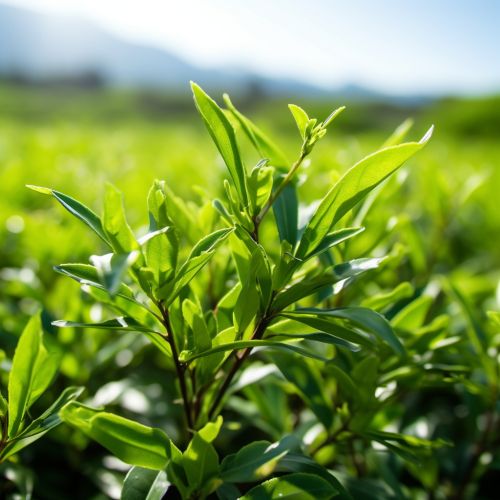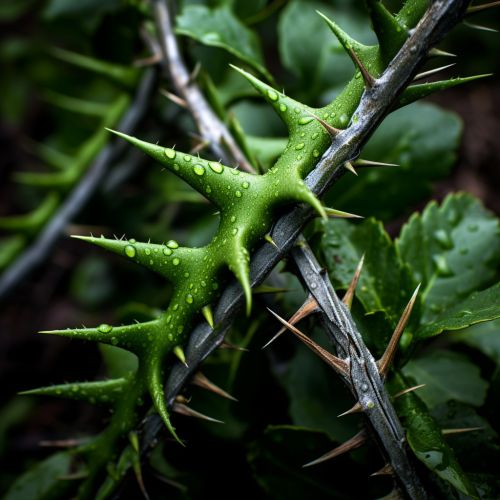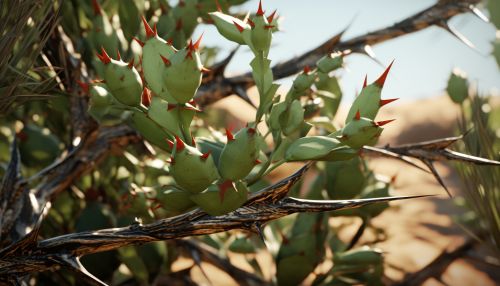The Biological Mechanisms of Plant Response to Herbivory
Introduction
Plants, as sessile organisms, have developed a wide array of strategies to cope with herbivory, which is the consumption of plant tissues by herbivores. These strategies, collectively referred to as the plant's response to herbivory, involve complex biological mechanisms that span multiple levels of biological organization, from molecular and cellular processes to whole-plant physiology and ecology. This article will delve into the intricate biological mechanisms underlying the plant response to herbivory, focusing on the roles of plant defense compounds, signaling pathways, and plant-herbivore interactions in shaping these responses.


Plant Defense Compounds
Plants produce a diverse array of secondary metabolites, many of which function as defense compounds against herbivores. These compounds can deter herbivory through various mechanisms, such as by reducing the palatability of plant tissues, disrupting the digestive processes of herbivores, or acting as toxins.
Alkaloids
Alkaloids are a group of nitrogen-containing compounds that are commonly found in plants and are known for their bitter taste and toxic effects on herbivores. Examples of alkaloids include nicotine in tobacco plants and morphine in opium poppies. These compounds can interfere with the nervous system of herbivores, leading to paralysis or death.


Terpenoids
Terpenoids, also known as isoprenoids, are a large and diverse group of compounds that are derived from five-carbon isoprene units. Terpenoids can deter herbivores through their strong odors or flavors, or by acting as toxins. For example, the monoterpene limonene, found in citrus plants, has a strong citrus odor that can repel herbivores.
Phenolics
Phenolic compounds are a diverse group of compounds that contain a phenol ring. They can deter herbivores through their bitter taste, or by binding to proteins and disrupting the digestive processes of herbivores. Examples of phenolic compounds include tannins, which are found in many plant species and can reduce the nutritional quality of plant tissues for herbivores.


Signaling Pathways
In response to herbivory, plants activate signaling pathways that regulate the production of defense compounds and other defensive responses. These signaling pathways are triggered by the perception of herbivore-associated molecular patterns (HAMPs) or damage-associated molecular patterns (DAMPs), which are molecules that are associated with herbivores or plant damage, respectively.
Jasmonic Acid Pathway
The jasmonic acid pathway is a key signaling pathway in plant defense against herbivores. This pathway is triggered by the perception of HAMPs or DAMPs, leading to the production of jasmonic acid, a plant hormone that regulates the expression of defense-related genes.
Salicylic Acid Pathway
The salicylic acid pathway is another important signaling pathway in plant defense. This pathway is primarily associated with plant defense against pathogens, but it can also be involved in plant defense against herbivores, particularly phloem-feeding insects. The salicylic acid pathway is triggered by the perception of pathogen-associated molecular patterns (PAMPs), leading to the production of salicylic acid, a plant hormone that regulates the expression of defense-related genes.


Plant-Herbivore Interactions
Plant-herbivore interactions play a crucial role in shaping the plant response to herbivory. These interactions can be influenced by various factors, such as the feeding behavior of the herbivore, the nutritional quality of the plant, and the presence of other organisms.
Induced Defense
In response to herbivory, plants can induce their defenses, which is a process known as induced defense. Induced defense involves the upregulation of defense-related genes and the production of defense compounds, and it can be triggered by the perception of HAMPs or DAMPs.
Plant Resistance and Tolerance
Plants can exhibit resistance or tolerance to herbivores. Plant resistance involves mechanisms that reduce the amount of damage caused by herbivores, such as the production of defense compounds or physical defenses like thorns or trichomes. Plant tolerance, on the other hand, involves mechanisms that allow the plant to recover from herbivory, such as compensatory growth or the activation of repair mechanisms.


Conclusion
The biological mechanisms of plant response to herbivory involve a complex interplay of chemical defenses, signaling pathways, and plant-herbivore interactions. These mechanisms allow plants to deter herbivory, mitigate the damage caused by herbivores, and recover from herbivory. Understanding these mechanisms can provide insights into the ecology and evolution of plant-herbivore interactions, and it can also have practical applications in agriculture and pest management.
